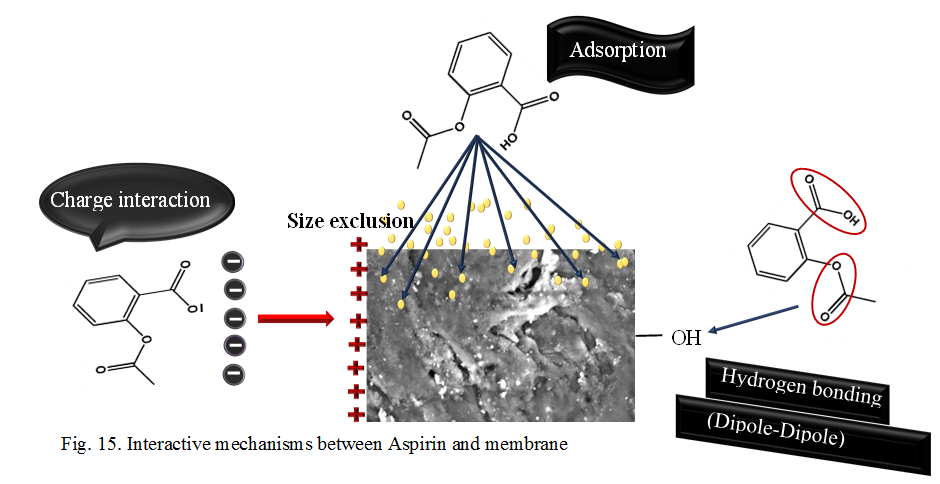Aspirin removal from synthesized pharmaceutical wastewater using a palm sheath fiber nanofiltration membrane: Predictive modelling and optimization
Keywords:
Palm sheath fiber, Nano-filtration membrane, RSM, ANN-GA, AspirinAbstract
This study presents the novel synthesis of a palm sheath fiber-based nanofiltration membrane for the removal of Aspirin from simulated pharmaceutical wastewater. Filtration efficiency was evaluated across a range of operational conditions: pH (6–10), temperature (30–50 °C), flow rate (1–5 mL/min) and initial concentration (40–120 mg/L). For improved prediction accuracy and process optimization, RSM and ANN-GA were employed as analytical tools. Both models achieved R² values greater than 0.98; however, the ANN model demonstrated superior statistical performance. Optimal removal efficiencies of 89.52% (ANN-GA) and 89.47% (RSM) were achieved under slightly varied conditions confirmed by triplicate experiments with average absolute errors less than 0.5%. The fabricated membrane, produced from palm sheath fiber and other cost-effective raw materials, exhibited good porosity (33.5%), a suitable pore size distribution (0.3675–2.313 nm) and excellent chemical and mechanical stability. These characteristics shows suitability as an eco-friendly, low-cost alternative for pharmaceutical wastewater treatment, achieving Aspirin removal efficiencies exceeding 89%. These findings affirm the reliability of this approach for efficient Aspirin removal, enabling water recovery and the sustainable transformation of agricultural waste into a valuable filtration material.


